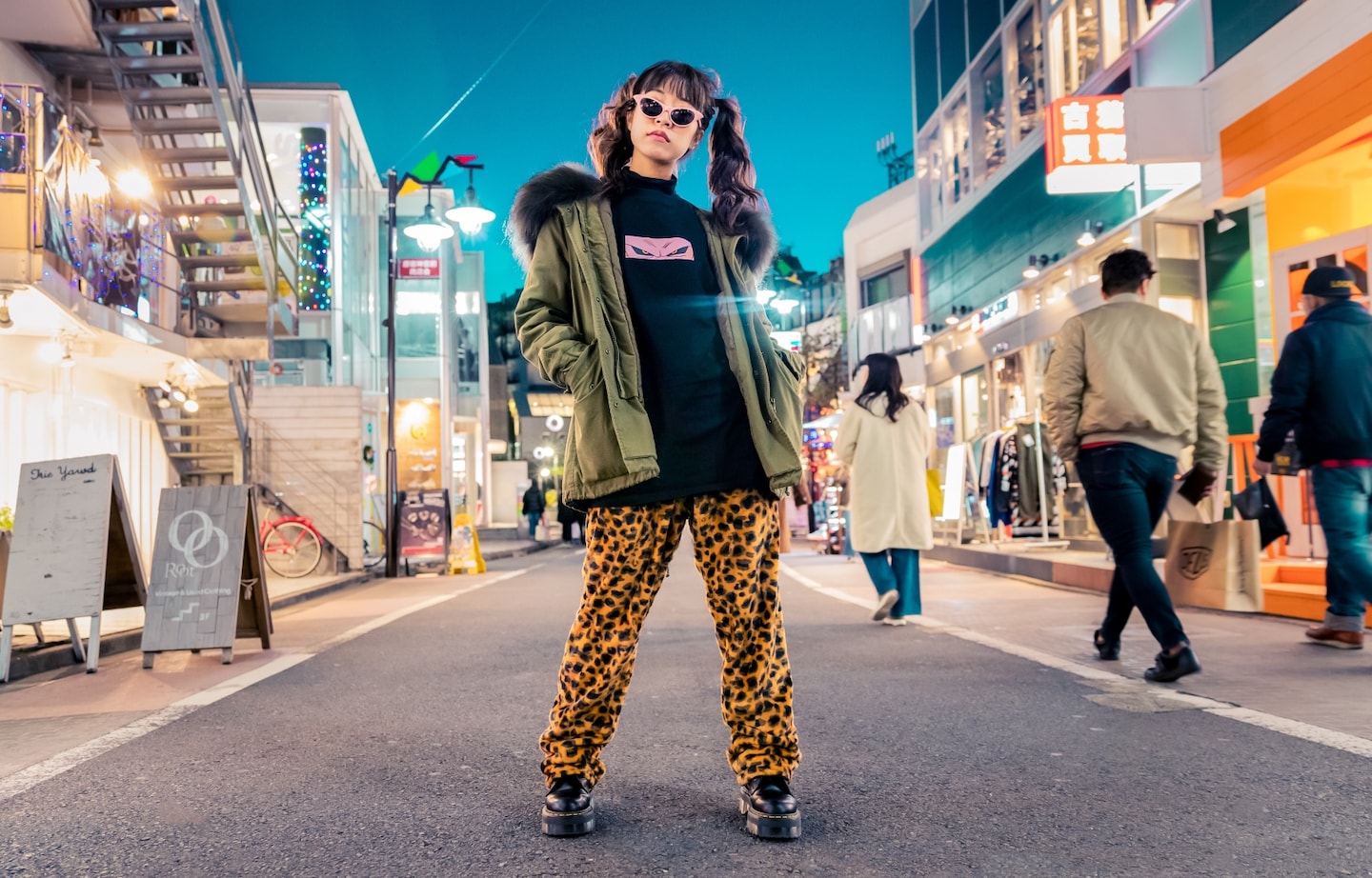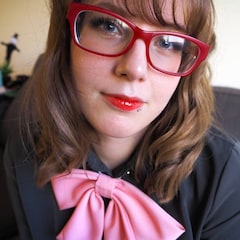5 Little-Known Harajuku Styles
Harajuku fashion dates back to the '80s, and has become world famous for its eccentric, over-the-top styles. Lolita, decora and gyaru are perhaps the most known fashions, but dozens of styles with their own substyles have been birthed in the heart of Harajuku. Here are five Harajuku fashion styles you probably might not know!
By Kari SternShironuri
Shironuri literally means "painted white," and is easily distinguished by a painted white face, as well as clothing that accentuates white (though it also includes other colors). The makeup actually has roots in Japanese theater, as shironuri is also the term for makeup used by geisha or kabuki actors, though here it creates a sort of doll-like beauty. Since it's such a small fashion subset, everyone takes inspiration from other looks, like decora or vintage, and even horror and gothic.
Shironuri was invented by Minori—an online persona turned Japanese fashion icon—in 2009, and first gained steam when she appeared on the Harajuku-based fashion site, TokyoFashion.com. According to her site, she is strongly inspired by nature, especially Japan's many flowers. She's still going strong today, and only her close friends and family know who she is thanks to the anonymity of the white face paint.
Mori Kei
Mori means "forest," and as the name suggests, it derives its inspiration from a very natural, woodsy style. Mori kei—the fans of which are known as mori girls—was a term that first came into cultural consciousness via the (mostly defunct) Japanese social media network, mixi, in 2009. It is characterized as a very modest, look with earthy tones such as greens, beige, off-white and browns, though floral colors and prints can be used as well. Fabrics are typically natural, such as cotton, linen or wool, and generally have a pretty vintage feel for them. Dresses, shirts and skirts tend to be very loose, which helps to highlight the overall whimsical, earth mother feel. It also has a fair bit in common with the retro style from the '70s referred to as natural kei, which was inspired by the pastoral aesthetic of Anne of Green Gables or Little House on the Prairie.
Fairy Kei
Fairy kei is very similar to decora, in that its a very cutesy, decorative style. But it trades the bright, vivid colors of decora for softer pastels. Whether skirts, trousers or dresses, just about anything goes as long as it fits under the pastel color palette. Cute patterns such as stripes or stars are popular, as well as bows on the head and large, fluffy petticoats. Hair can be pastel-colored as well, or natural if someone is seeking a bit more balance in their look.
Fairy kei in inspired by '80s pop culture and Harajuku's homegrown kawaii culture, and was popularized by the fashion shop SPANK!, which opened in 2004 . Thanks in part to the tastes of store owner Sayuri Tabuchi, western toys from the '90s like Polly Pocket or My Little Pony—of which she is a big fan—have become popular props for the look as well.
Yami Kawaii
Yami kawaii, which loosely translates to something like "sick cute" (yami comes from yamu, the verb for "to fall ill"), takes a new approach on kawaii fashion. Strangely enough, it blends objects that are typically associated with illness or injury—things like bandages, syringes, as well as grimmer objects like gas masks or guns—with all sorts of colors, most commonly pastel pinks, purples and blues. It's reminiscent of guro kawaii, though perhaps with less emphasis on the grotesque and more emphasis on what's cute.
Yami kawaii is the newest and arguably most popular fashion on this list, with 70,000 tags on Instagram alone. Western like Refinery 29 and Medium have pieces on this strange fashion subculture because it's indicative of a larger issue within the Japanese population—the stigma surrounding mental health in Japan, and the large suicide rate that is rarely discussed. Like the old gyaru/ganguro style before it, part of what makes yami kawaii interesting is that it can be a protest against what is typically considered a "productive member of society" in Japan. It's a way to draw attention to a pretty heavy subject in a manner that is easy to approach, and hopefully it can help start important conversations about mental health.
Kuroi Niji
Kuroi niji literally means "black rainbow," and as the name would imply, the look is made up of stark black clothes combined with rainbow colors. Lots of accessories, stockings, arm bands and fishnets are part and parcel of the style, along with (by Japanese standards, especially) wild colored hair. It's like if visual kei and decora had a baby. The look was created and coined by Bou Osaki in 2012, who is pictured in the image above. At almost 4,000 Instagram followers you can bet this Harajuku subset isn't the best known on the streets, but has a dedicated small internet following. To say you created a Harajuku fashion subset would be pretty cool too, don't you think?




